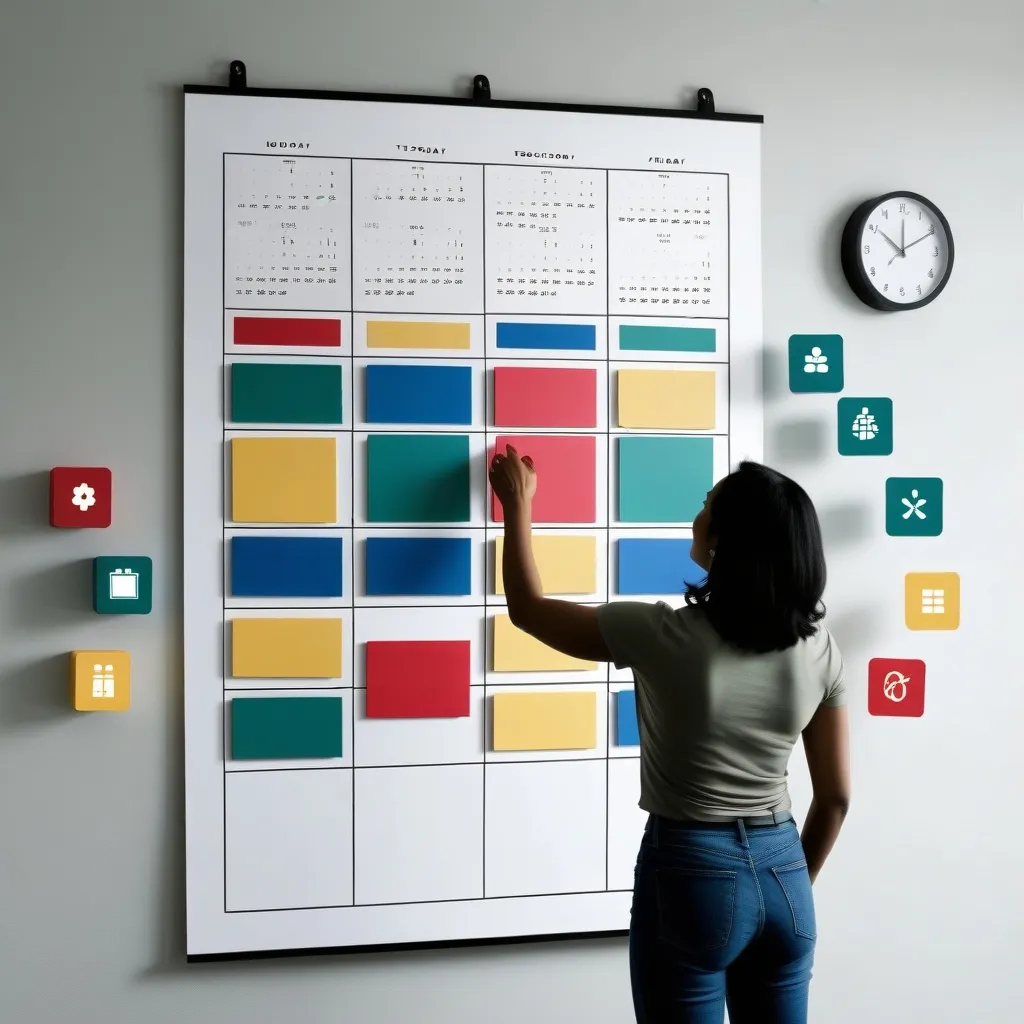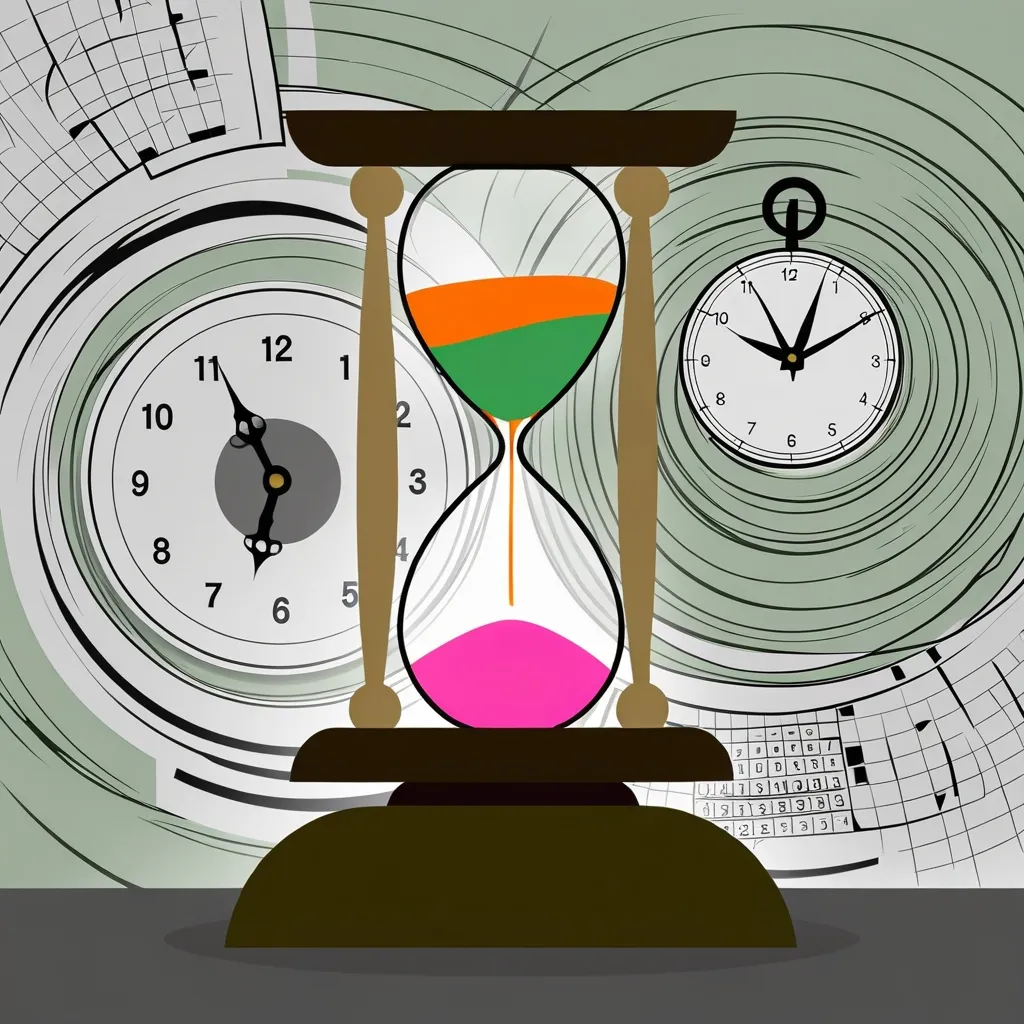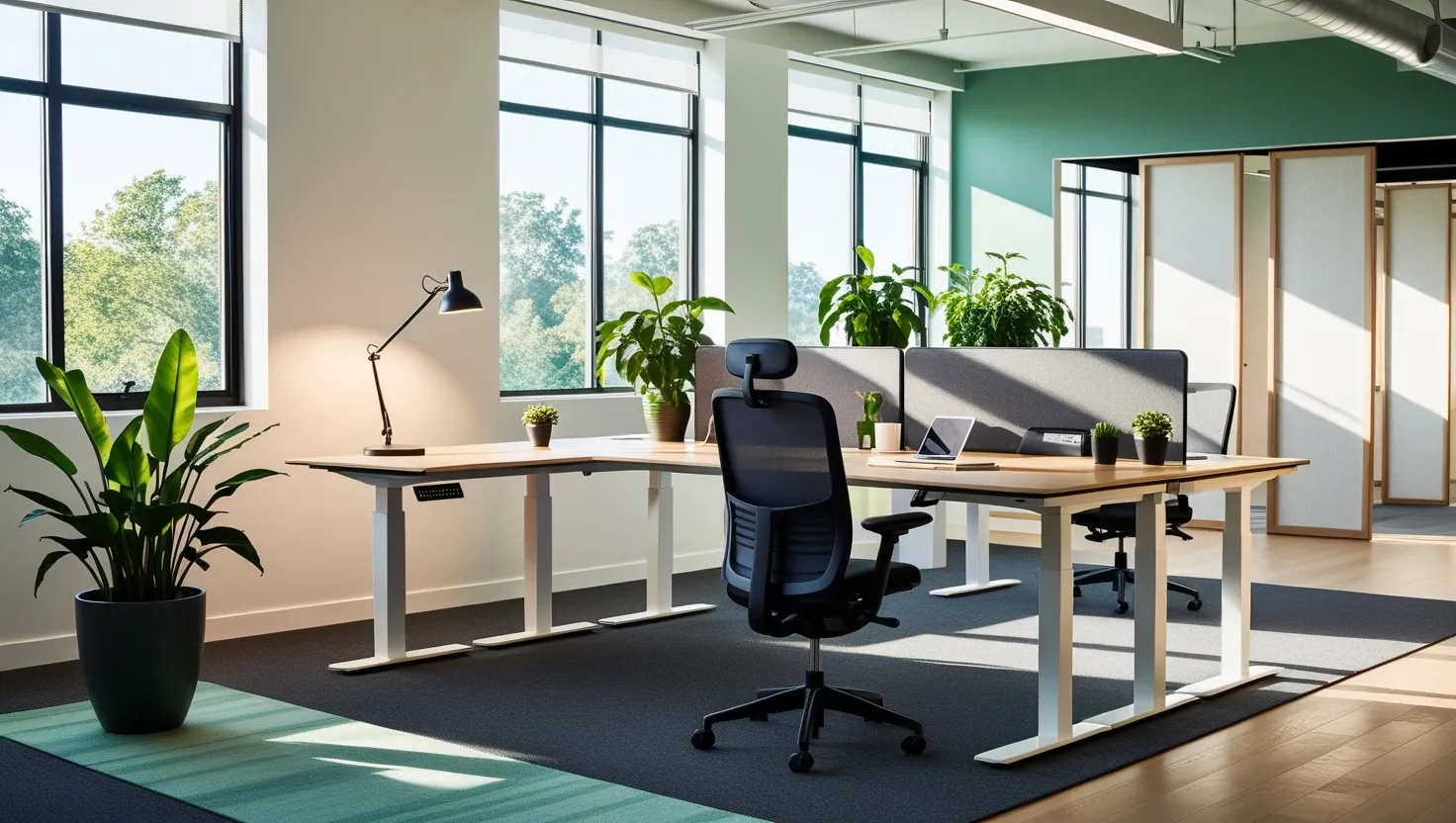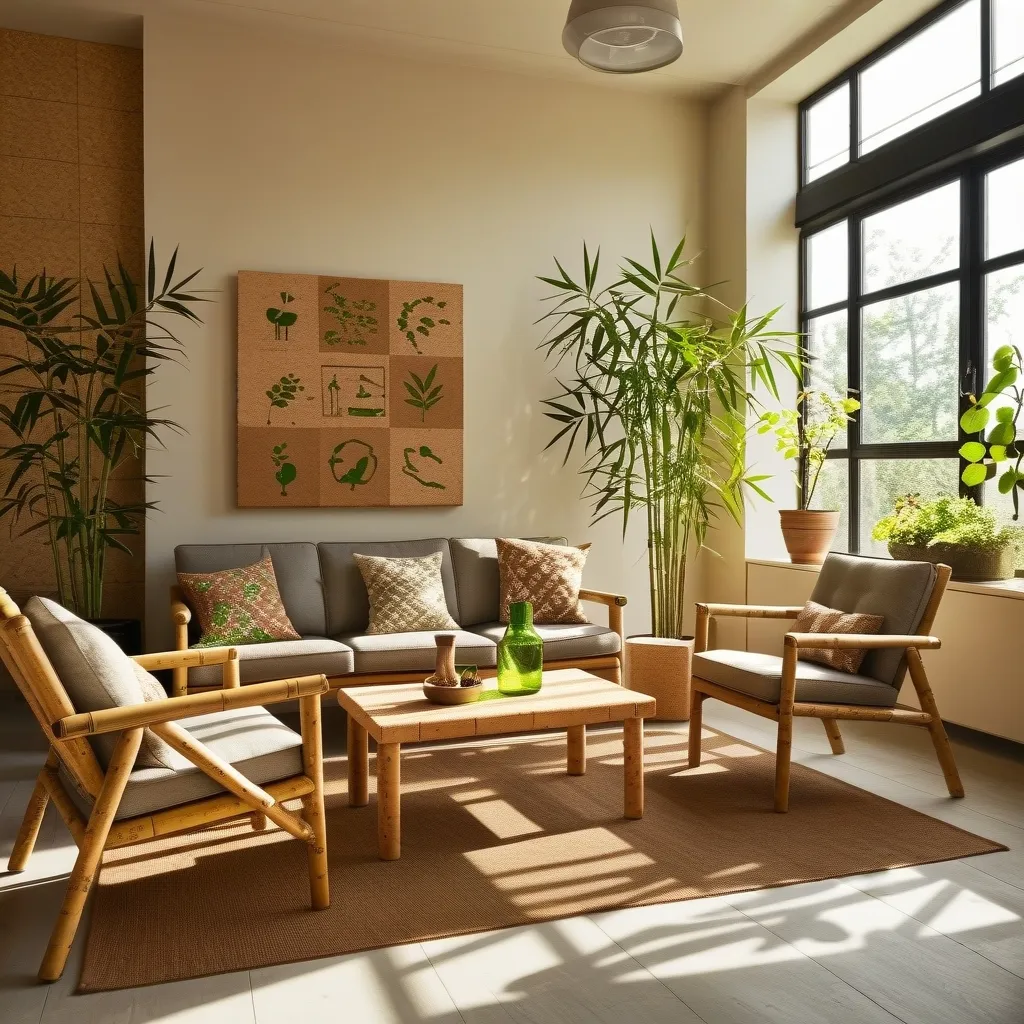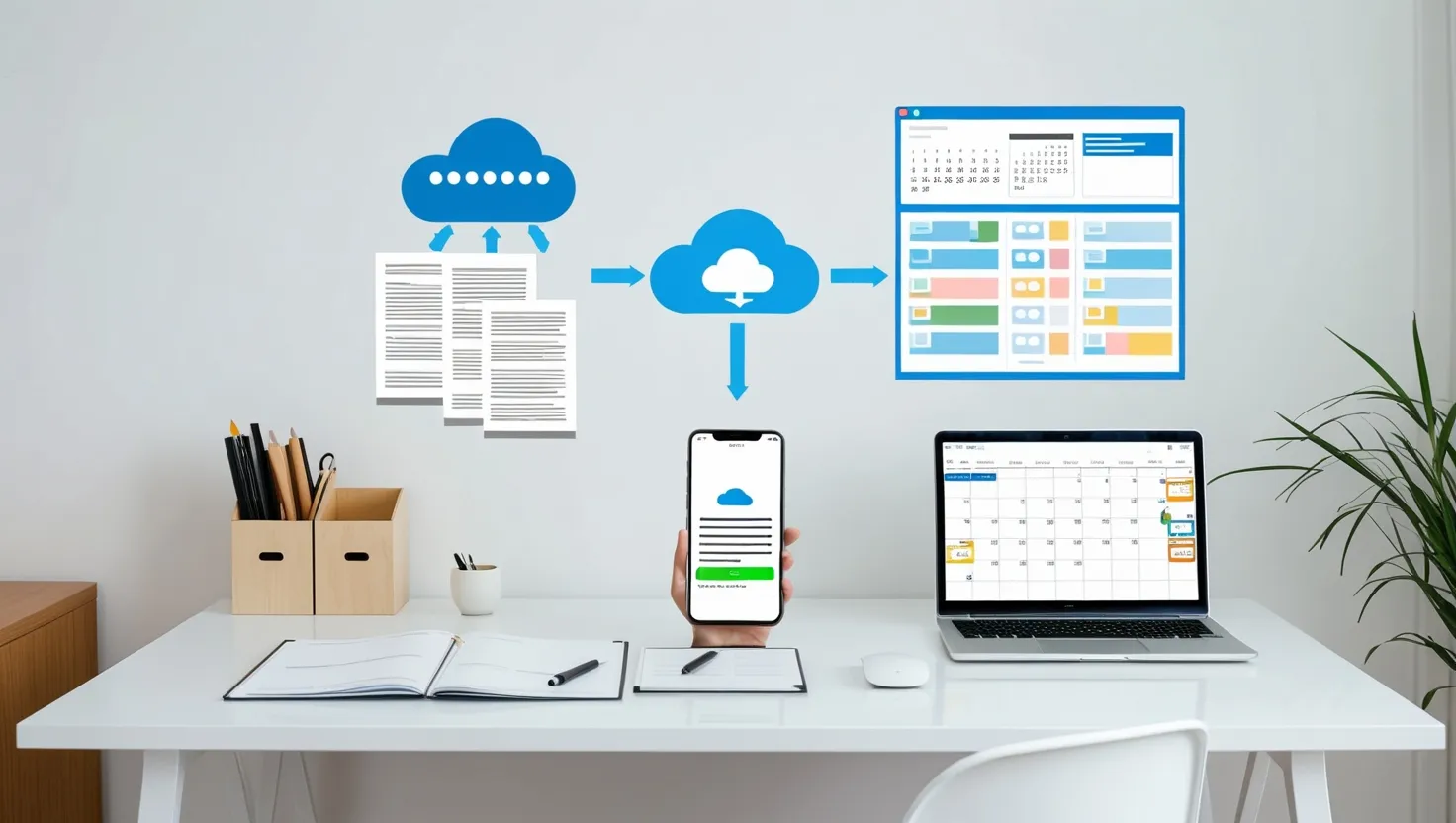Mastering the Art of Time: Unlocking Productivity with Intentional Time Zoning
In our fast-paced world, staying on top of our game is more important than ever. Enter intentional time zoning – a game-changing approach to managing your day. It’s not just about cramming more into your schedule; it’s about working smarter, not harder.
So, what’s the deal with intentional time zoning? Picture this: your day, neatly divided into blocks, each with its own purpose. It’s like giving your time a makeover, making sure every minute counts. But here’s the kicker – it’s all about tailoring it to you. Your rhythms, your style, your life.
Let’s dive into the nitty-gritty, shall we?
First up, get to know yourself. Are you a morning person, bouncing out of bed ready to conquer the world? Or do you hit your stride when the sun goes down? Maybe you’re somewhere in between, peaking around lunchtime. This is your chronotype – your body’s natural rhythm. Figuring this out is like finding your productivity superpower.
Try keeping a quick diary for a couple of weeks. Jot down when you’re feeling on fire and when you’re dragging. You might be surprised at what you discover. Once you’ve got this figured out, you can start planning your day around your peak times.
Now, let’s talk priorities. We’ve all heard the saying “eat the frog” – tackle the nastiest task first thing. There’s wisdom in that. If you’re a morning person, use those early hours for the tough stuff. Leave the easy bits for when your energy dips. It’s about working with your body, not against it.
But here’s the thing – you need the right environment to make this work. Create your own little productivity bubble. Clear out the clutter, maybe invest in some noise-canceling headphones. If you’re working from home, carve out a dedicated workspace. It doesn’t have to be fancy – even a corner of your kitchen table can work if it’s your designated ‘get stuff done’ zone.
Now, let’s talk about deep work. This is where the magic happens. It’s when you’re in the zone, totally focused, pushing your brain to its limits. There are different ways to approach this. You could go full monk mode, shutting yourself away for long stretches. Or maybe you prefer shorter bursts throughout the day. Find what works for you.
A cool trick is timeboxing. Set a timer for 25 minutes, work your butt off, then take a 5-minute breather. Rinse and repeat. After a few rounds, treat yourself to a longer break. It’s like interval training for your brain.
Here’s another pro tip: automate the boring stuff. If you’re spending ages on repetitive tasks, there’s probably a tool out there that can do it for you. Simplify wherever you can. And don’t be afraid to delegate. You don’t have to do everything yourself.
But it’s not all about work, work, work. Setting boundaries is crucial. Make sure you’re not letting work bleed into your personal time. Use a calendar to visually map out your day. Seeing everything laid out can help you avoid overcommitting.
Speaking of which, let’s talk about bad habits. We all have them. Maybe you’re a chronic social media checker or an email addict. The beauty of intentional time zoning is it helps you break these patterns. Set specific times for these activities and stick to them.
Now, here’s the best part – this system is flexible. It’s not about following a rigid schedule. Life happens, plans change. The key is to adapt. If your schedule’s unpredictable, try fitting in focused work whenever you can. It’s about making the most of the time you have.
Let’s break it down even further. Say you’re a freelance graphic designer. Your mornings might be your creative peak. So, block out those hours for design work. No emails, no client calls – just pure creativity. Afternoons could be for admin tasks, client communication, and learning new skills.
Or maybe you’re a teacher. Your school hours are set, but you can still apply these principles. Use your prep periods for lesson planning when your mind is fresh. Save grading for times when you don’t need to be at your sharpest.
For the night owls out there, your schedule might look different. Perhaps you do your best work after dinner. So, use your mornings for less demanding tasks, meetings, or exercise. Then, when evening rolls around, dive into your most important projects.
The beauty of this system is its adaptability. It’s not about forcing yourself into someone else’s idea of productivity. It’s about finding what works for you.
But let’s be real – it’s not always easy to stick to a schedule. Life has a way of throwing curveballs. That’s where the flexibility comes in. Maybe you planned to work on a big project, but an urgent client request comes in. No problem. Shift things around. The key is to stay adaptable while still prioritizing your most important tasks.
And don’t forget about downtime. It’s tempting to try and fill every minute with productive activities. But that’s a fast track to burnout. Schedule in breaks, leisure time, and self-care. It’s not wasted time – it’s essential for recharging your batteries.
Here’s another thing to consider – your physical environment. Your workspace can have a huge impact on your productivity. If possible, try to have different areas for different types of work. Maybe a desk for focused tasks, a comfy chair for reading or brainstorming, and a separate space for meetings or calls. This helps your brain switch gears more easily.
Technology can be both a help and a hindrance. Use it wisely. There are tons of great apps out there for time management, task tracking, and blocking distractions. But be careful not to get caught up in app-hopping. Find a few tools that work for you and stick with them.
Remember, intentional time zoning isn’t just about work. It’s about creating a balanced life. Make sure you’re scheduling time for relationships, hobbies, and personal growth. A well-rounded life leads to better productivity in the long run.
As you start implementing this system, be patient with yourself. It takes time to find your rhythm. Don’t be afraid to experiment and adjust. What works one week might not work the next. The key is to keep refining your approach.
And here’s a final thought – celebrate your wins, no matter how small. Completed a tough task? Give yourself a pat on the back. Stuck to your schedule for a whole week? Treat yourself. Acknowledging your progress keeps you motivated and makes the whole process more enjoyable.
Intentional time zoning isn’t about becoming a productivity robot. It’s about taking control of your time so you can focus on what really matters. It’s about reducing stress, increasing satisfaction, and creating space for the things you love.
So, why not give it a shot? Start small. Pick one aspect of intentional time zoning and try it out for a week. Maybe it’s identifying your peak hours, or perhaps it’s timeboxing your tasks. See how it feels, tweak it, make it your own.
Remember, the goal isn’t perfection. It’s progress. It’s about creating a life where you’re in control, not your to-do list. Where you end each day feeling accomplished, not overwhelmed. Where you have time for work, play, and everything in between.
Intentional time zoning is more than just a productivity hack. It’s a way of life. It’s about respecting your time, your energy, and yourself. So go ahead, give it a try. Your future, more productive, less stressed self will thank you.
